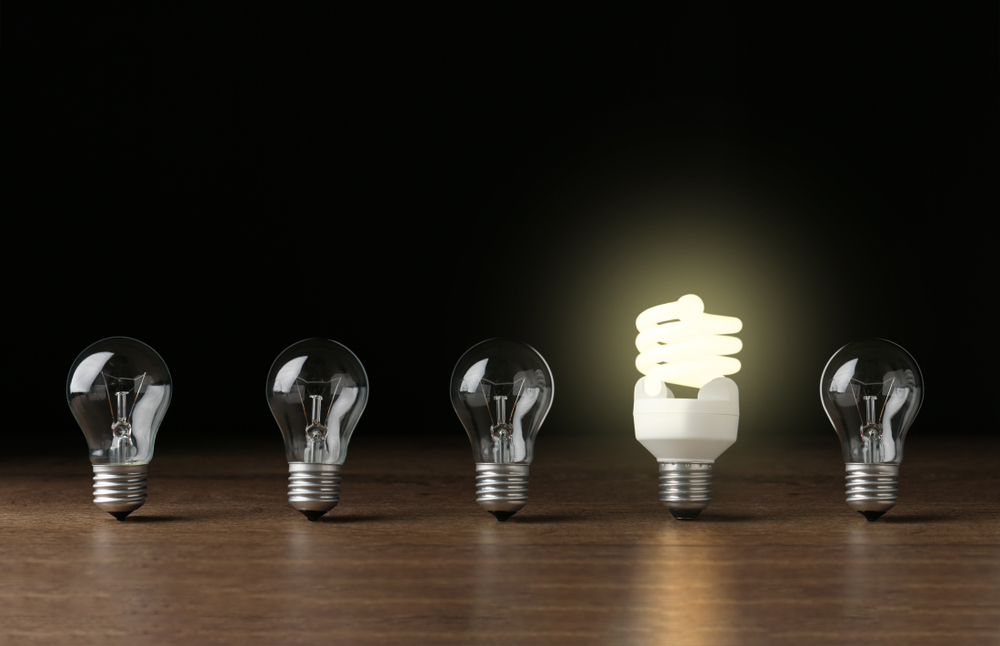DIY Home Energy Audit Checklist
Improving the energy efficiency of your home can lower your monthly utility bills, create a healthier and more comfortable living environment, and reduce your carbon footprint. But many people aren’t sure where to begin when it comes to increasing their home’s energy efficiency.
The first step is using a home energy audit checklist to assess how your home uses energy. Performing an audit will help you understand where energy is wasted in your home so you know what to do to improve your energy efficiency.
How to Conduct A DIY Home Energy Audit
There are two ways to conduct a home energy audit. You can either hire a professional or conduct an audit on your own. But the professional home energy audit cost can range from $250 to $650, which is why so many people choose to perform a DIY audit.
Here are the steps you will need to take to conduct a DIY home energy audit:
Look For Air Leaks
Sealing the air leaks in your home can reduce your energy usage and utility bills by up to 20%. But you can’t seal air leaks without locating them first, which is why looking for these leaks is the first step in conducting a home energy audit.
Look for cracks, holes, and gaps that could allow air to escape from inside your home in these areas:
- Baseboards
- Flooring edges
- Electrical outlets
- Windows
- Doors
- Plumbing fixtures
- Fireplace
Make a note of cracks, holes, and gaps in these areas so you remember where you need to seal air leaks in your home.
Inspect Your Heating and Cooling System
Heating and cooling accounts for about 42% of your annual energy costs. But conducting a home energy audit might help you identify ways you can reduce the amount of energy consumed by your heating and cooling system.
Start by inspecting your air filters and taking note of their condition. If they are dirty or old, they may need to be replaced to improve the energy efficiency of your heating and cooling system.
Check the ductwork for streaks of dirt, especially near the seams. If you see dirt streaks, this could indicate that there is an air leak that needs to be sealed by a professional.
You should also look for ductwork and pipes that travel through unheated spaces, such as the garage or attic. Ductwork and pipes in unheated spaces need to be insulated. If yours are not insulated, take note of this.

Check Lighting Choices
Examine the light fixtures in your home to determine whether or not you are using energy efficient light bulbs. If you are still using traditional light bulbs, consider replacing them with compact fluorescent lamps (CFLs) or light-emitting diodes (LEDs). Both of these types of light bulbs use far less energy and last much longer than traditional light bulbs.
You should also make note of any other opportunities you see to improve the energy efficiency of your home’s lighting. Answering these questions might help you identify these opportunities:
- Are there motion sensors on your outdoor lights?
- Are there timers on your outdoor lights?
- Are any of your indoor lights controlled by a dimmer switch?
If you aren’t using timers, motion sensors, or dimmers, consider making these energy efficient upgrades.
Evaluate Use of Appliances/Devices
The final step in the process of conducting a DIY home energy audit is evaluating the way you use electronic devices and appliances. Answer these questions to assess your use of these electronic devices and appliances:
- Do you unplug devices when they are not in use?
- Are your devices plugged into a power strip or directly into the wall?
- Can you lower the brightness on your computers, laptops, and TVs to save energy?
- Do your computers, laptops, and TVs automatically go into hibernation mode if they are not in use?
- Do you only run the dishwasher or washer when you have a full load of dishes or clothes?
These are some of the many questions that you can answer to identify ways to adjust your use of appliances and devices in order to save energy.
Download the Benefyd App
Following the steps on this checklist isn’t the only way to conduct a DIY home energy audit. You also have the option of using the Benefyd app. The Benefyd app will guide you through the process of conducting a home energy audit by asking you simple questions about the way you use energy at home.
After answering the questions, the Benefyd app will prepare a list of customized recommendations on how you can improve your home’s energy efficiency. This means you won’t have to interpret the results of your home energy audit to determine what you should do to make your home more energy efficient—the app will do all the work for you!


